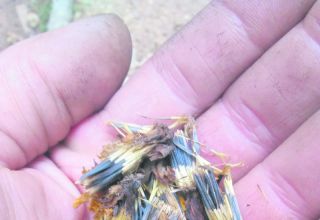
April is one of the busiest times in the garden, but don’t panic, take things one step at a time and you’ll get it all done.
It’s important to take a few moments to sit in the sun, listen to the birds and plan your gardening.
The lengthening days however do make it the perfect time to set up the garden for summer.
April, as they say, is the cruellest month with sun one minute and frosty mornings and bitter winds the next. In the April garden, tender young leaves are prone to frost burn and judging what to do when is tricky. It’s all a question of timing.
1. Flower seeds you can sow this month
If you haven’t already sown sweet peas now is your last chance. Sow into deep pots or root trainers as they dislike disturbance to their roots. Or, instead, look out for young plants in nurseries and garden centres. Check whether they are grown for scent or for cutting. Some longer stemmed varieties may smell less strongly.
Sow marigolds, petunias, nasturtiums, asters, zinnia and salvia indoors or in the greenhouse.
Outdoors you can sow native wildflowers and hardy annuals such as poppies and sunflowers.
2. It’s now all action on the veggie front
The soil should now be warm enough for seeds to germinate so, once the nights begin to warm up find room for carrots, parsnips and beetroot.
Start sowing spinach and chard. These can go direct into the soil and will need to be watered well until they get going. Avoid letting them dry out or they might bolt.
Sow broccoli, kale and Brussels sprouts for winter. Sow individual seeds into modules and leave to germinate either in the green house or on a windowsill. They should appear within a couple of weeks. Once they have reached about four inches they can be hardened off and then planted outside.
Sow runner and French beans two to a small pot indoors or under glass. Keep the soil moist and they should soon germinate.
Potatoes need to be planted this month. New potatoes go in early to mid April. Maincrops follow in the second half of the month but exactly when you plant your potatoes will depend on local conditions. The key is to avoid emerging foliage being burned by frost. New potatoes (also known as First and Second Earlies) should be spaced a foot apart.
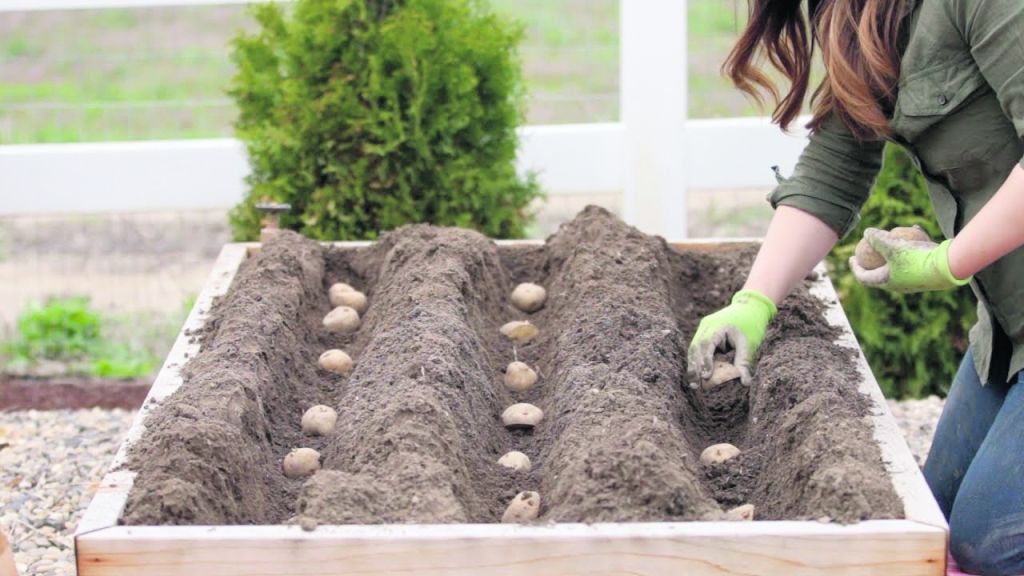
3. Time to plant dahlia tubers
Bringing dahlias in for the winter doesn’t just protect them against frost. It also allows them to dry out properly, and helps you bring them on a bit earlier. They’re now ready to be planted.
Give tubers a sprinkling of water in early spring, and they’ll start to produce young shoots in April.
Dig a planting hole, making sure it isn’t too deep. The shoots are still delicate, and you don’t want to damage them.
Gently pour coarse sand over the tubers; this prevents them from rotting and it’s also a great slug repellent.
Backfill with soil and add a ring of sand to mark the planting spot.
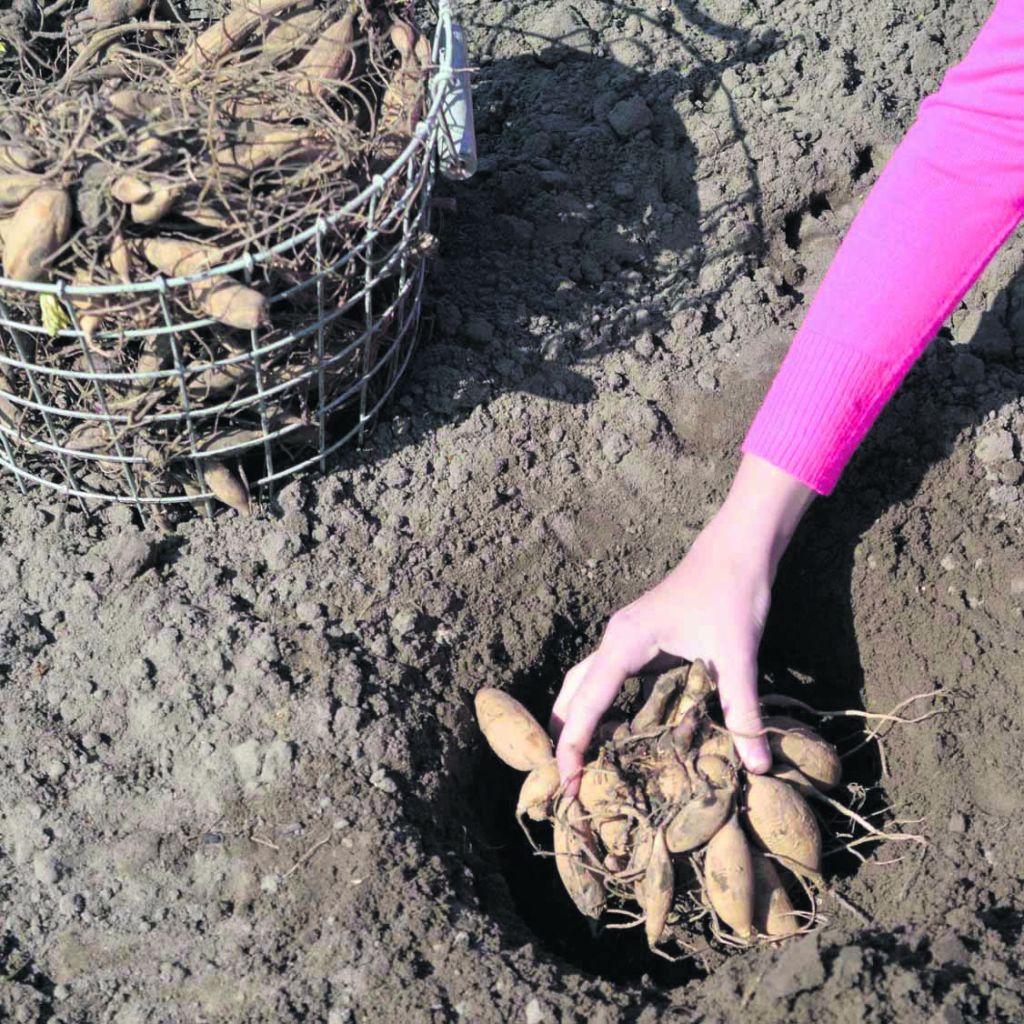
4. Supporting role for your fast growing plants
Climbing plants head skywards as temperatures rise. Some, such as passion flowers, are masters of clinging on, using tendrils to firmly attach to supports. Others such as climbing roses and honeysuckle may need a little bit of help, especially if conditions are windy. Use garden twine or string to anchor new growth to supports. Installing trellis can help, too. Obelisks offer shelter and support for climbers while looking ornamental in borders.
In an ideal world one would only grow a handful of plants that need support, but in small gardens and where plants are drawn up to reach for light, this will be necessary. Hazel twigs are excellent, but steel hoops are most easily installed.
Make wigwams for sweet peas and climbing beans.
5. More April garden jobs
Keep azaleas and rhododendrons looking good by pinching off fading flower heads above a new set of leaves.
Deadhead early flowering primulas as early as possible, as they tend to cross-breed very easily.
Early April is your last opportunity to hard-prune late-flowering shrubs.
Stake your perennials before it’s too late. Create attractive willow or hazel structures.
Remove pure green branches from variegated shrubs, such as elaegnus, privet and euonymus – cut them right back to the main stem with secateurs.
Start spraying roses using an organic-approved garlic formula; the key is to start early and spray often.
6. …and don’t forget to attend your fruit
To avoid risk of infection, stone fruits such as plum, cherry, peach, nectarine and apricot should only be pruned during the growing season. Prune late April, when the plants are in leaf and after flowering. Immediately seal all cuts greater than one centimetre with wound seal.
Repot your citrus in fresh citrus-specific compost. If you can’t find this, ericaceous is the next best thing.
Top dress blueberries grown in pots with ericaceous compost. It’s important to have two different varieties of blueberries to get good production – they will fruit without, but you’ll get a paltry quantity.
All soft fruits, for example strawberries, raspberries, redcurrants, blackcurrants, and gooseberries, will benefit from a mulch. Garden compost, leaf mould, organic manure, straw, hay and spent mushroom compost can all be used.
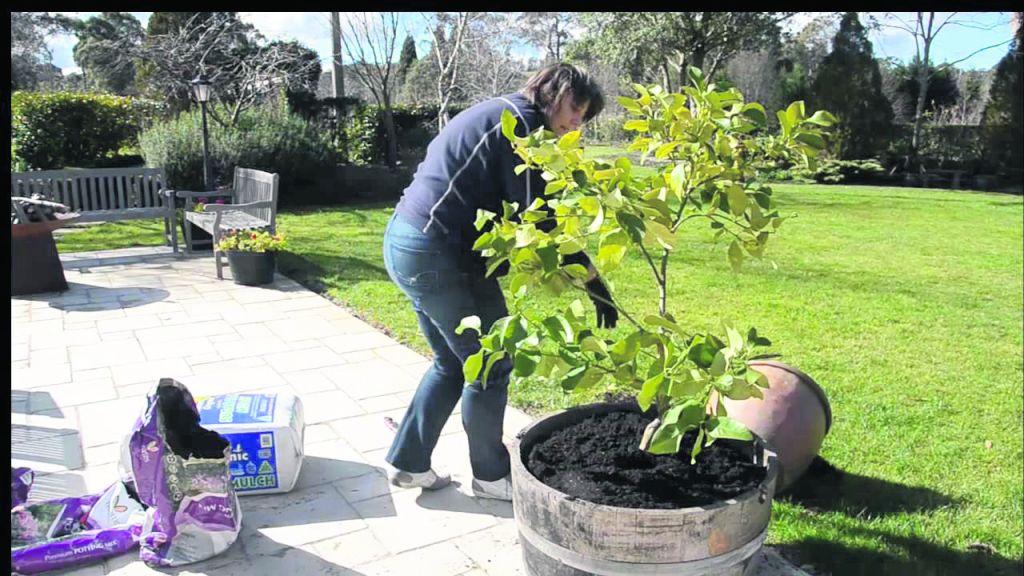
7. Sweet peppers are a must in any greenhouse
If you have a greenhouse, sweet peppers are a must. They’re one of the easiest crops to grow and have a multitude of uses in the kitchen – adding flavour and crunch to stir fries, summer salads and fajitas. Red, green and yellow varieties are commonly available. Seeds should be sown as soon as possible this month, placing seed trays or pots in a propagator at around 20°C. Once the first pair of leaves have formed, seedlings should be pricked-out into pots. Sweet peppers thrive under glass, but can also be grown in containers outdoors after all danger of frost has passed.
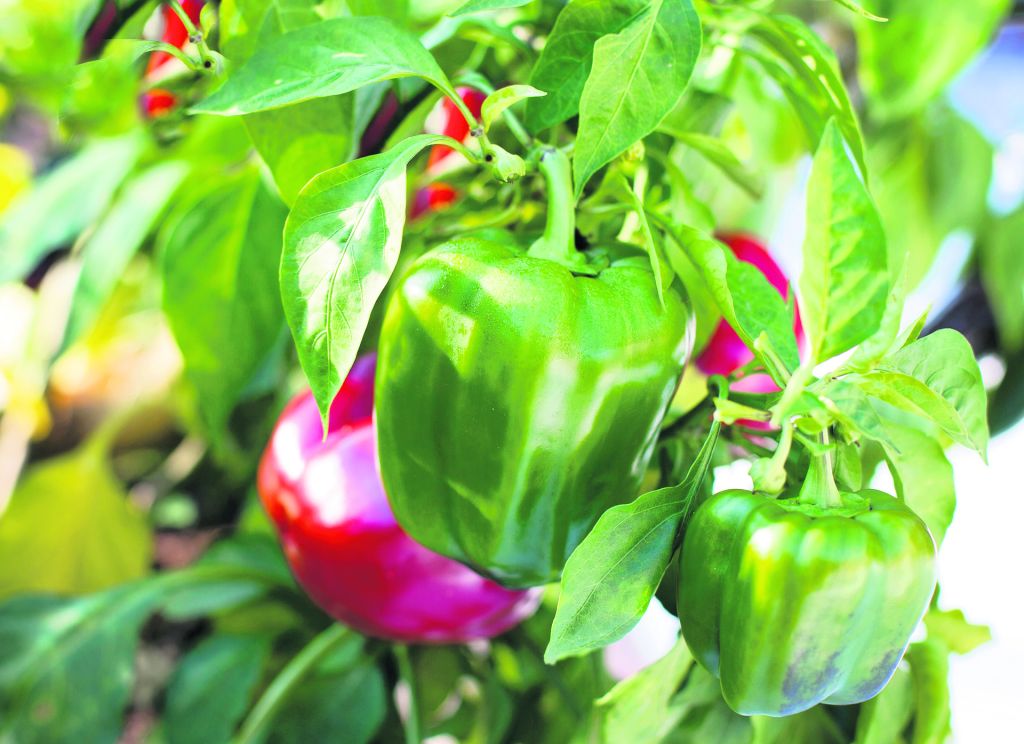
8. Re-energise your garden soil
It’s one of the oldest clichés in gardening: the answer lies in the soil. And as all good gardeners know, it’s true! Improving soil now will pay dividends come summer, resulting in bigger crops and more flowers. Buy sacks of well-rotted manure and dig or fork it into border soil and vegetable patches (don’t let manure come into contact with stems of shrubs and plants). If you don’t have access to manure, the contents of your compost bin can work wonders. Open the access hatch at the bottom and if the material inside is brown and crumbly, it’s a nutrient-rich wonder that’s ready to be dug into soil.
9. Re-pot your houseplants
As light levels increase and temperatures rise, houseplants put on new growth. Increase watering and start liquid feeding – general purpose feeds such as Baby Bio cater for a broad spectrum of houseplants, while specific feeds are available for orchids and citrus. If a houseplant looks unhappy and has been in its pot for two or more years, it may need to be re-potted (roots bursting from drainage holes at the bottom of the pot are a tell-tale sign). Choose a slightly larger pot and fill with houseplant or loam-based compost. Never use houseplant compost for orchids though, which need an open, bark-based orchid compost that allows air to reach the roots.











